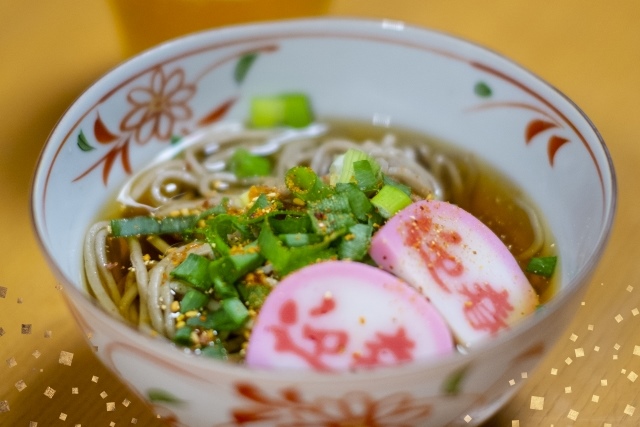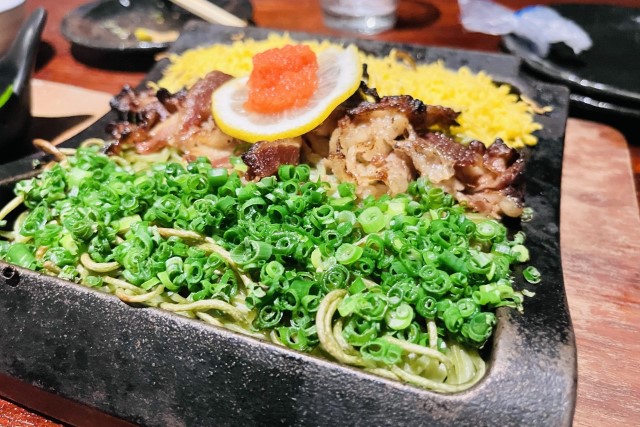Contents
Basic Information
Japan is known for its unique soba dishes, which feature unusual ingredients and cooking methods. Inexpensive soba restaurants often offer dishes with surprising combinations like curry or croquettes, served in a distinctive standing style. There are also regional soba dishes that have been passed down through generations, such as the three great soba dishes of Japan: Iwate Prefecture’s Wanko Soba, Shimane Prefecture’s Izumo Soba/Wariko Soba, and Nagano Prefecture’s Togakushi Soba. These dishes can only be enjoyed in their respective regions, so be sure to try them when you visit.
Curry-Soba
Curry-Soba is a dish featuring warm soba noodles topped with a spicy curry sauce. The curry in soba restaurants has a unique flavor due to the added dashi, attracting many fans.
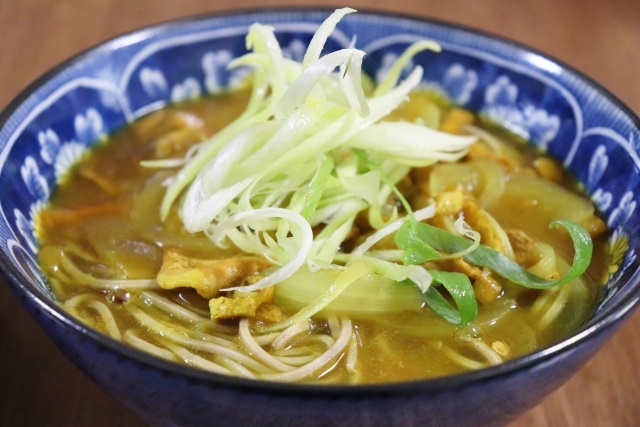
Croquette-Soba
Croquette-Soba consists of soba noodles topped with croquettes made from ingredients like meat and potatoes, coated with flour, egg, and breadcrumbs, then deep-fried. This affordable dish offers a satisfying meal.
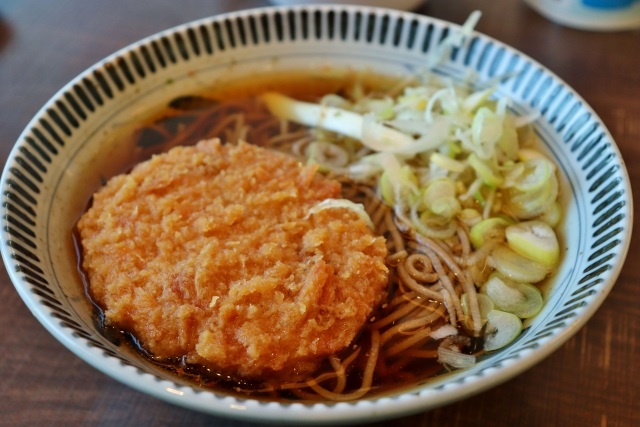
Cha-Soba
Cha-Soba is made by adding powdered green tea or matcha to the soba flour. With its unique green color and combination of tea fragrance and soba flavor, Cha-Soba pairs well with various dipping sauces and ingredients, making it perfect for summer meals.
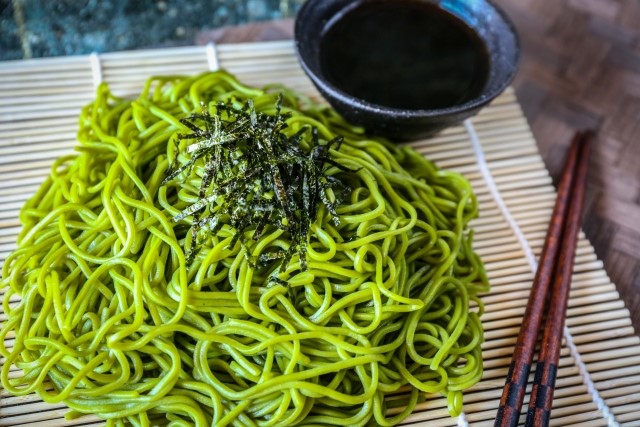
Nishin-Soba
Nishin-Soba features soba noodles topped with sweet and savory simmered herring. This dish is a specialty of Hokkaido and Kyoto Prefecture, where the rich umami and sweet-spicy flavor of the herring complement the soba noodles.
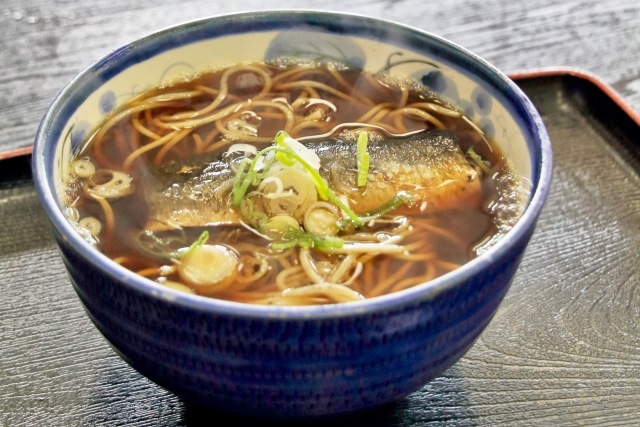
Izumo-Soba/Wariko-Soba
Izumo-Soba/Wariko-Soba is a specialty of Shimane Prefecture. The dish originated from people in the region using a multi-tiered round container to carry soba when eating outdoors. The soba noodles are typically served in two or three layers.
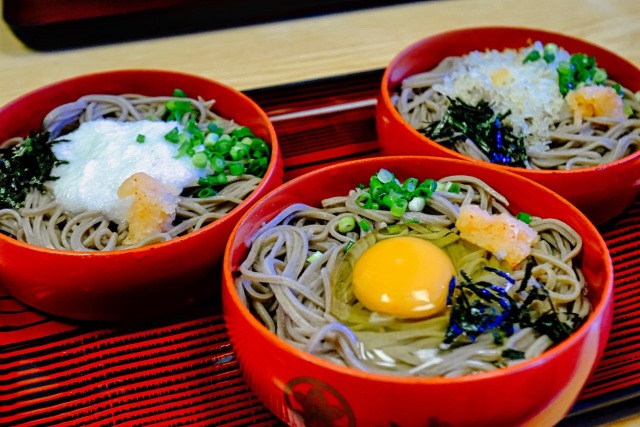
Wanko-Soba
Wanko-Soba is a traditional dish from Iwate Prefecture that has been passed down for 400 years. It involves eating small servings of soba in a bowl, with servers constantly refilling the bowl until the diner covers it with a lid to signal they are full.
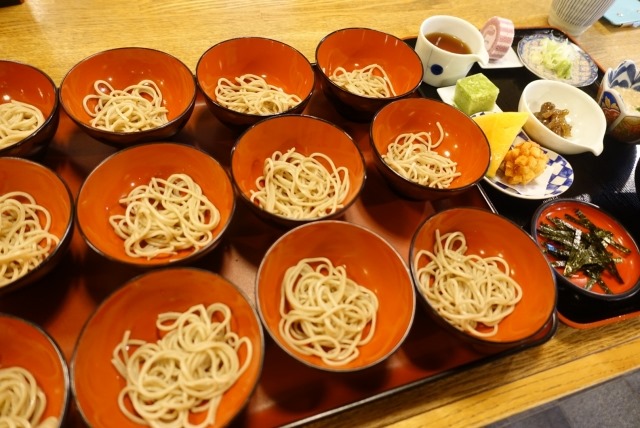
Togakushi-Soba
Togakushi-Soba is a representative soba dish from Nagano Prefecture, a famous soba-producing region. The soba noodles are served in bite-sized portions on a bamboo sieve, with about five bundles arranged in a unique way. The soba flour used is made by grinding buckwheat with the sweet outer layer intact.
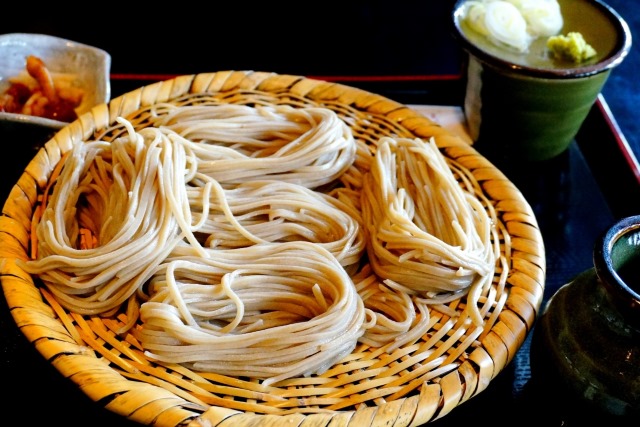
Kawara-Soba
Kawara-Soba is a local dish originating from Shimonoseki City, Yamaguchi Prefecture. The ingredients include finely sliced omelette, beef, and green onions, along with lemon slices and shredded seaweed. The soba noodles are mixed with boiled tea and placed on heated roof tiles along with the ingredients, served with a warm dipping sauce. Kawara-Soba was inspired by an episode during the “Seinan War” in the Meiji era, where soldiers surrounding Kumamoto Castle cooked vegetables and meat on readily available roof tiles during long battles.
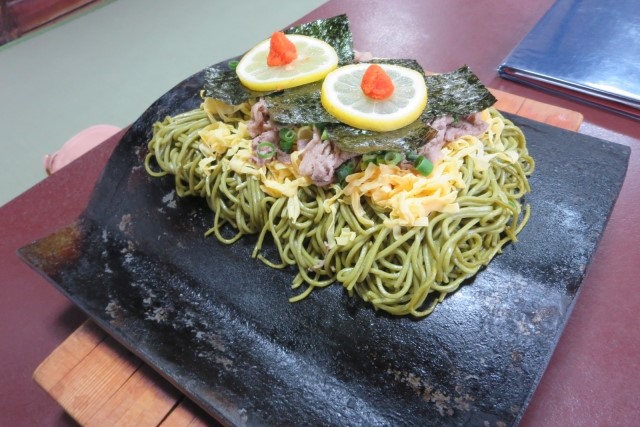
Ita-Soba
Ita-Soba is a type of soba from Yamagata Prefecture. It is named after the shallow wooden box made of cedar, in which the soba is served. Soba cultivation has been popular in Yamagata since ancient times, and there was a custom of serving soba to relatives and neighboring households. The convenience of being able to serve multiple people at once and the tradition of giving the box as a souvenir to family members who were away from home led to the birth of Ita-Soba.
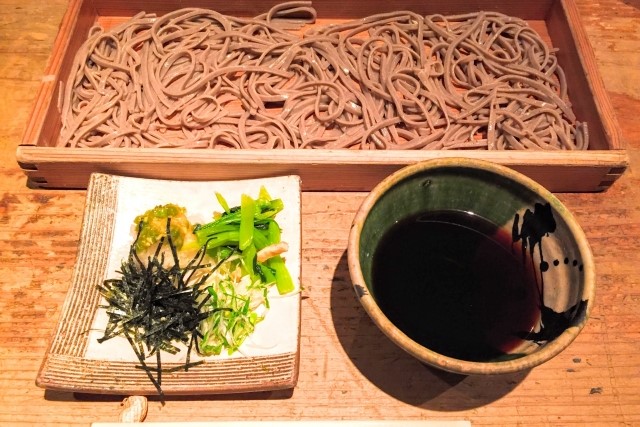
Toshikoshi-Soba
In Japan, it is customary to eat Toshikoshi-Soba on December 31st. Soba noodles are easier to cut than other types of noodles, symbolizing the cutting off of bad luck from the previous year. The types of Toshikoshi-Soba vary depending on the region and individual households.
